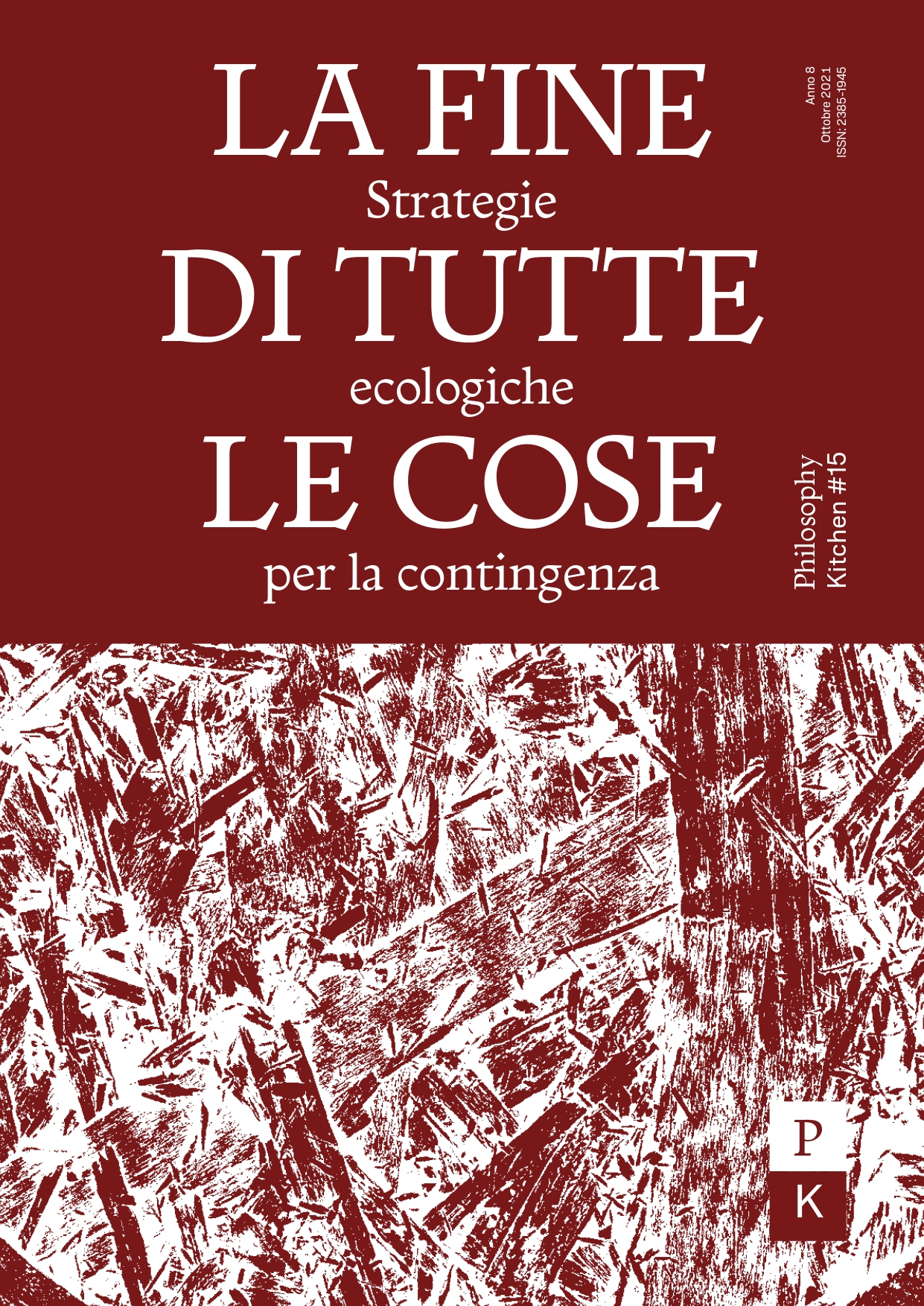Eco-Nomology. Panpsychism, Powers Ontology, Materialicism
DOI:
https://doi.org/10.13135/2385-1945/6213Abstract
This paper explores power ontology as an alternative to the traditional passivist view that has justified some human attitudes toward the environment. Once we see powers as a part of nature and every being as endowed with peculiar powers, it becomes possible to see them as normative indications prescribing how to regulate our relationship with the rest of the world. The more consistent instance of power metaphysics is probably offered by Whitehead; however, the legacy of his philosophy of the organism is more often associated with the rebirth of panpsychism. Even if as an ecological strategy panpsychism has the merit to encourage a more charitable attitude toward non-humans, it presents some flaws that make the pluralism of power ontology more desirable, as it considers not only thought but every kind of power as a claimant to value. Finally, a particular kind of power ontology named “materialicism” will be sketched: a study of the powers immanent to materials. Materialicism help us to understand how human projects depend abundantly on the so far neglected powers of matter and how such powers ask for a consideration that can no longer be negated them after the ongoing ecological crisis. The powers of materials express themselves as nomoi (to borrow the concept from Deleuze and Guattari), which consist in what a legislator aware of the active nature of the world should take into consideration for a policy- making suitable to the future of the planet.





